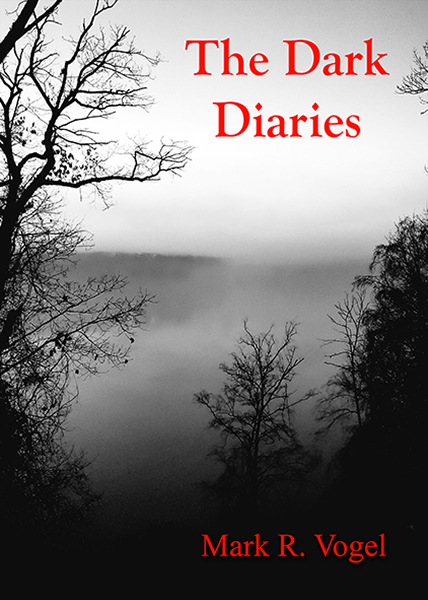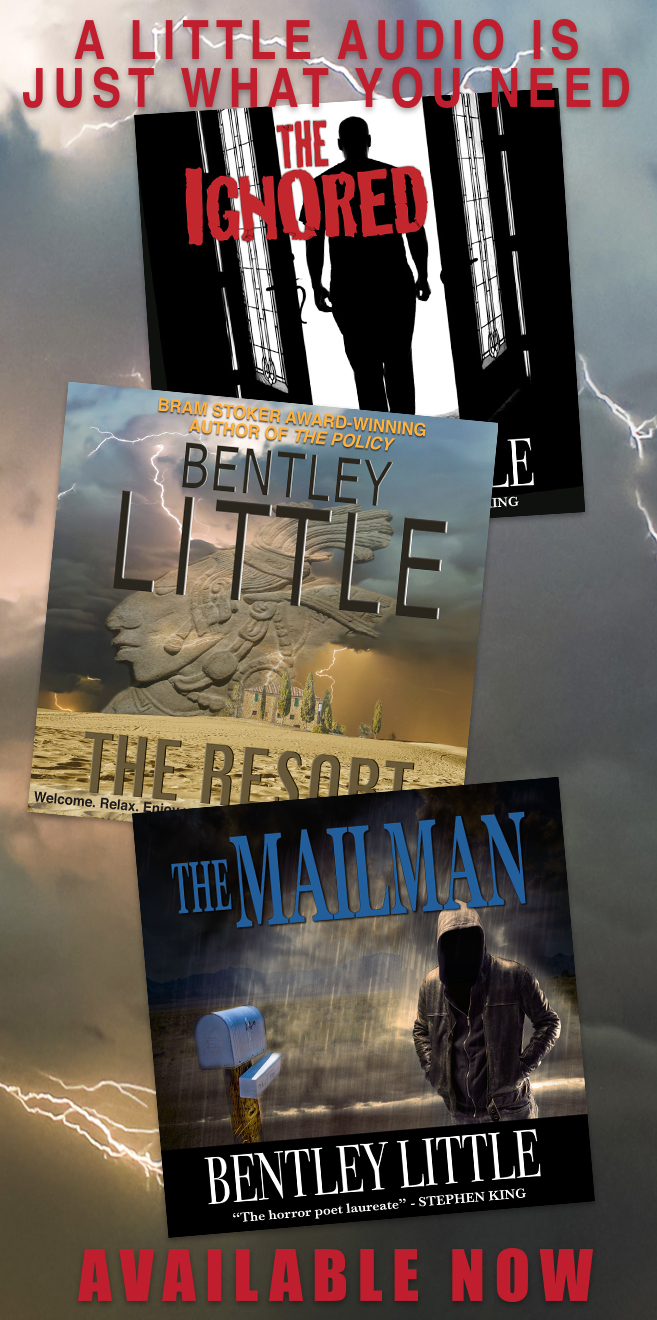Dead of Night, re-released as Deathdream (along with a slew of alternate titles), is one of the most important (and overlooked) films of the 1970’s. Not only is the work one of the key films in the canons of director Bob Clark (Black Christmas), make-up artist Tom Savini (his first credited film), and actor John Marley (The Godfather), Dead of Night is a scathing look at the disintegrating effects of war on the soldiers who return home (and the diminution of the family unit as a consequence) but also serves as a signpost for the shifting attitudes regarding the American Dream during the 1970’s.
Andy Brooks (Richard Backus) is a lieutenant serving overseas (we assume Vietnam), who is shot in the line of duty alongside his captain (Arthur Bradley). As he slowly passes away, he hears pleas from his mother, Christine (Lynn Carlin) not to die and that he must return home. We then switch to a small town in Florida where a truck driver (David Gawlikowski) picks up a lone hitchhiker dressed in full military uniform. The solider stops at a diner while Christine and her husband Charles (John Marley) sit at home and mourn the news–via telegram–of their recently deceased son. Later that night, the couple is awakened by sounds of an intruder to discover their son has arrived home. As the family rejoices, quickly becoming preoccupied in their celebrations of their son’s return, Andy becomes estranged from his friends and pleads to be left alone as he vacantly stares into nothingness during the day while he sits in his room and undulates to and fro in his rocking chair before mysteriously leaving each night and returning by dawn. News of local homicides appear, the corpses prey to some form of bloodletting, including a truck driver on the outskirts of town as well as the local doctor (Henderson Forsyth), who had visited Andy at John’s request. Meanwhile, Andy’s body steadily deteriorates, the sight of which causes John to commit suicide, forcing Christine to make a hard decision.
As an uncompromising parable for the psychological devastations of war (on a level with We Were Soldiers and The Best Years of Our Lives), we watch as Christine, in the traditional role of 1950’s mother, refuses to admit there is anything askew with her son. “Everything is going to be alright. I won’t have it any other way,” she says as she continues to be blinded by her maternal bond. Andy, literally a mental zombie due to the horrors of what he witnessed and experienced overseas having left him emotionally comatose, cannot help but act upon his now hardwired impulse to kill, fueled by his vampiristic drive for blood which he achieves via intravenous injections from his victims (Clark thus compounding the metaphor by addressing the problematic issue of drug use by the soldiers during the war). His continued moral erosion is further paralleled by his physical degeneration. John, a veteran himself, commits suicide (not before resorting to the latter-day WWII remedy of alcohol), because of the unbearable empathy he feels for his son and his inability to revisit such emotions vicariously.
Loosely adapted from W. W. Jacobs’s 1902 tale “The Monkey’s Paw,” screenwriter Alan Ormsby creates a derisive anti-war metaphor using the genre as a metaphor while never lapsing into didacticism. Bob Clark laces the film with the double-edged sword of pitch black humor and social satire as he steadily conveys his vision. Tom Savini, a Vietnam War vet himself, does an outstanding job of presenting Andy devoid of life as a bone-dry effigy of a human. Dead of Night stands beside Night of the Living Dead, It’s Alive, and Eraserhead as perennial works of horror which serve as social litmuses of the time.
Trivia tidbit: Christopher Walken was the original choice to play Andy
-Egregious Gurnow
- Interview with J.R. Bookwalter - January 22, 2015
- Interview with Andrew J. Rausch - January 22, 2015
- Interview with Rick Popko and Dan West - January 22, 2015
- Interview with Director Stevan Mena (Malevolence) - January 22, 2015
- Interview with Screenwriter Jeffery Reddick (Day of the Dead 2007) - January 22, 2015
- Teleconference interview with Mick Garris (Masters of Horror) - January 22, 2015
- A Day at the Morgue with Corri English (Unrest) - January 22, 2015
- Interview with Writer/Director Nacho Cerda (The Abandoned, Aftermath) - January 22, 2015
- Interview with Actress Thora Birch (Dark Corners, The Hole, American Beauty) - January 22, 2015
- Interview with Actor Jason Behr, Plus Skinwalkers Press Coverage - January 22, 2015


